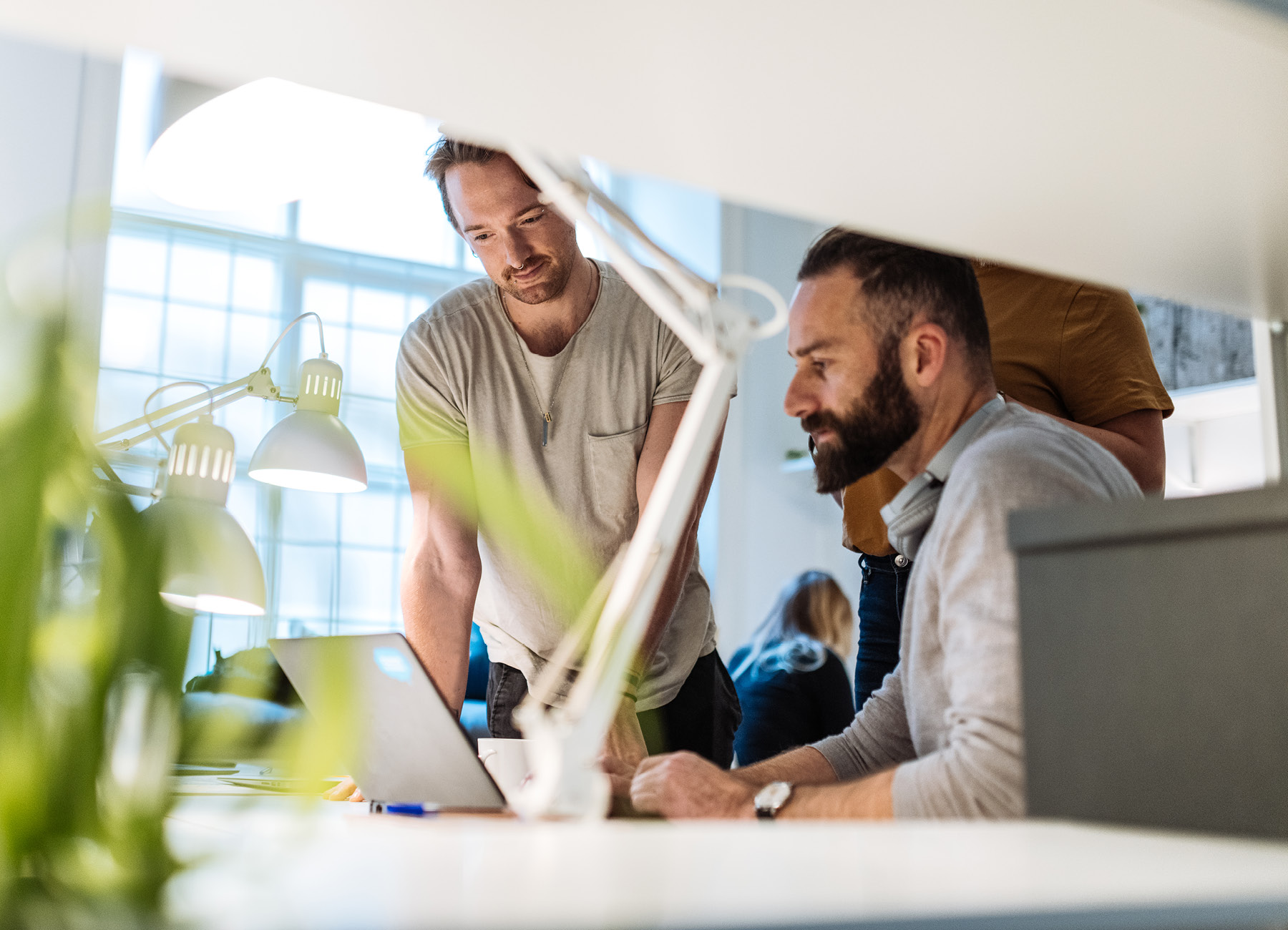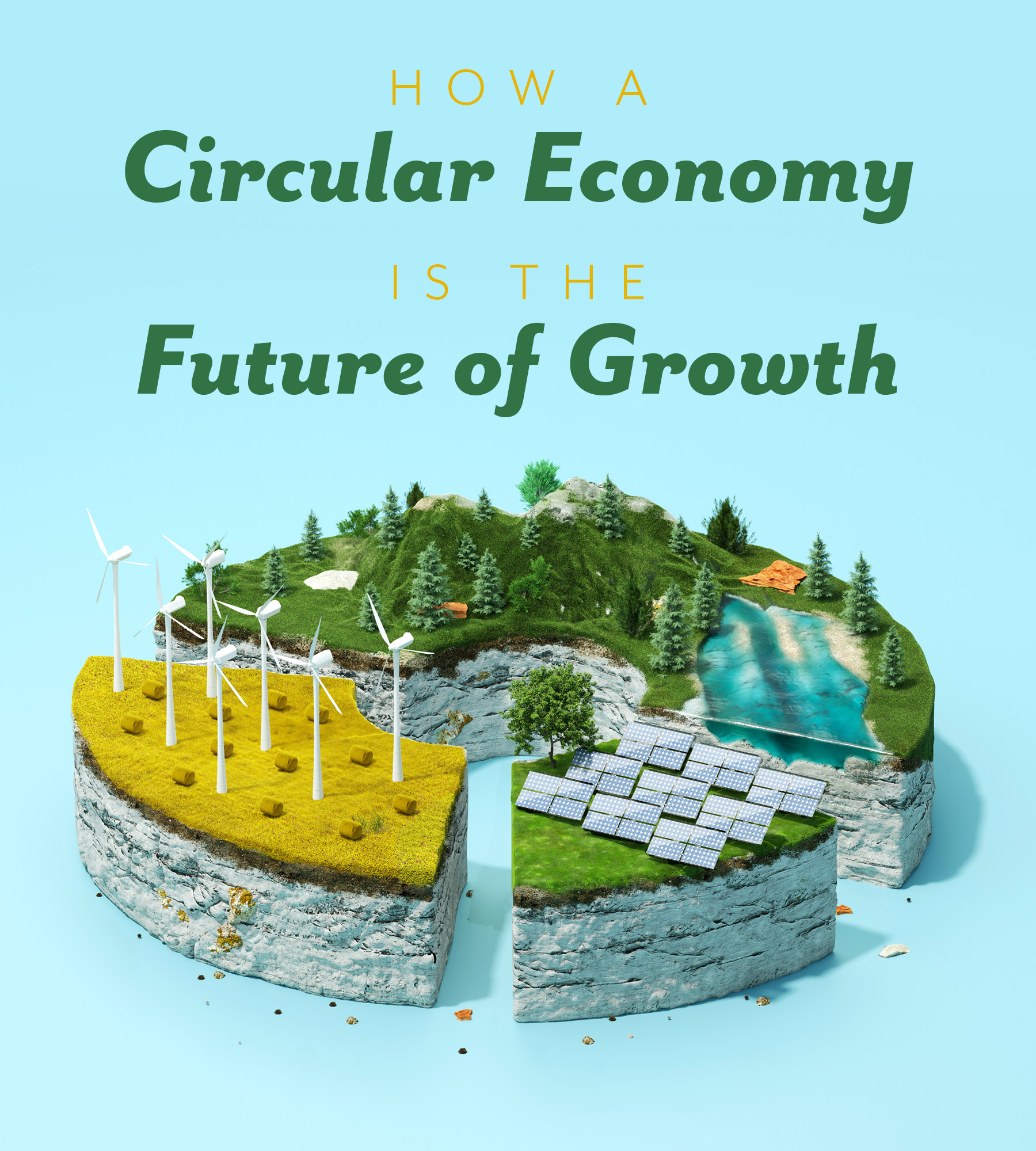Language
You can read the magazine in one of the following languages
We live in a world in which, for the most part, consuming in a linear economic way is the norm. In many respects it looks impossible to change – while at the same time, the environmental impact of our current way of working demands revolution.
Although many industries are concerned about the issues that could arise from this transition, Akshay Shah, Group Executive Director of Silafrica and Co-Founder of Wayout and Ponea Health, says that change can actually pay dividends all round.
“If what you’re making or what you’re offering is enduring and helps people live a better quality of life, why would that ever go out of business?” he asks. “The number one mistake is for companies to continue to believe that a linear economy will always have a higher return on investment than a circular economy model.
“We need to unlearn a lot of things and not design for a globally efficient supply chain that is cost efficient. Instead, we should design for a locally resilient supply chain, which recycles the capital within that local economy.
“This system will create consumers who can afford to buy and enable the material to stay in the local environment. Ultimately the result is a higher return on investment.”
In Shah’s experience, with a move away from measuring returns on the now standard globalized linear model, change can happen faster than we would expect.
With his manufacturing company, Silafrica, Shah is proving a plastic manufacturer can be environmentally friendly and circular by harnessing new technology and engaging the community to recycle more waste than ever before. Not only has this been embraced within Kenya, but he has shown how quickly issues – which on first glance look insurmountable – can be addressed.
“In 2020, 13 percent of our total plastics production was made with recycled plastics; by 2023 that number has gone up to 30 percent. By the end of 2025, we’re on track to exceed 40 percent,” Shah says.

“We are taking plastic waste from the environment and making something productive out of it at scale.”
“If we make the right innovations, investments and with collaboration from our customers, by 2030 we will cross 60 percent. We are taking plastic waste from the environment and making something productive out of it at scale.”
Proof that a transition can be quicker than traditional thinking would have us believe, he says. His advice for making the move at pace is to keep the bigger picture in mind all the time.
“If I was chasing the largest, most impactful, most perfect idea, it might take 30 or 40 years to actually see the impact,” Shah says, while recognizing he is not a patient person.
“So for me, even if the idea is 50 percent, OK, that’s better than nothing. I will take the intermediate compromises because I’m just chipping away at the amount of plastic being made from raw materials.”
And Shah highlights that as more companies embrace a circular way of working, legislation is also more likely to be introduced, which will help aid a faster change.
“A shift of financial capital is needed. If you put in a trillion dollars into a linear economy and only a million dollars into a circular economy, a million dollars cannot move a billion [metric] tons of material in a circular way,” he says.
“One solution would be extended producer-responsibility direct legislation, which would fund a producer-responsibility organization. The moment there is financial capital available to any sector, innovation starts happening. People start changing behavior because there’s a financial incentive.”

“Being in YPO has helped me pace the innovation.”
Increasing customer awareness and simplifying systems, which make it easy for people to participate in a circular way, will also change buying behavior, completing the transition. Although, he notes, it is also important for consumers to be able to easily access the expertise needed to repair and reuse items, for example in the case of electronics.
“In so many, let’s call them developed economies, consumption culture is the default. Even the government will encourage consumers to go out and consume – if you don’t have money, then get a credit card. Buy, because that’s what grows the economy,” Shah says.
“That’s a very difficult concept to change, but innovation can address this. For example, why not have a combination of shopping malls and repair malls in one place? Take familiar experiences and bring repair, reuse and community exchange within that same place.
“The spaces to encourage and create empowerment do not exist yet, but it would be easy to add them to familiar spaces.”
Shah feels his membership of global networking group YPO was essential to helping him settle when he moved to Kenya, and he’s now YPO Africa Regional Champion and Chair of the YPO Plastics Network, representing YPO Members globally who are stakeholders in the plastics sector.
The ethos of YPO, which encourages supporting one another through unconditional honest insight and perspective, has been of immense value to Shah. Listening and learning from like-minded leaders is something Shah always draws wisdom from.
“A global network of people whose only agenda is to become better leaders by sharing their own experiences by not being judgmental, through trust and respect – that came really naturally to me,” he explains.

“Every forum meeting I attend gives me a different perspective of life, almost like a kaleidoscope.”
“I love that energy, because I’m an introvert. Every forum meeting I attend gives me a different perspective of life, almost like a kaleidoscope. I’ve got all these different perspectives reflecting back and I can pick the best. I think that makes for a richer, more diverse mindset.”
And being part of YPO has helped his circular economy mission in an unexpected way. “It’s in my nature to be innovative because I get bored quickly. But the problem with being too creative and too innovative is that it can be disruptive,” he says.
“Being in YPO has helped me pace the innovation. Sometimes it helped me to have a sounding board that helps me to separate some of the wackier ideas from things that are more practical.”
